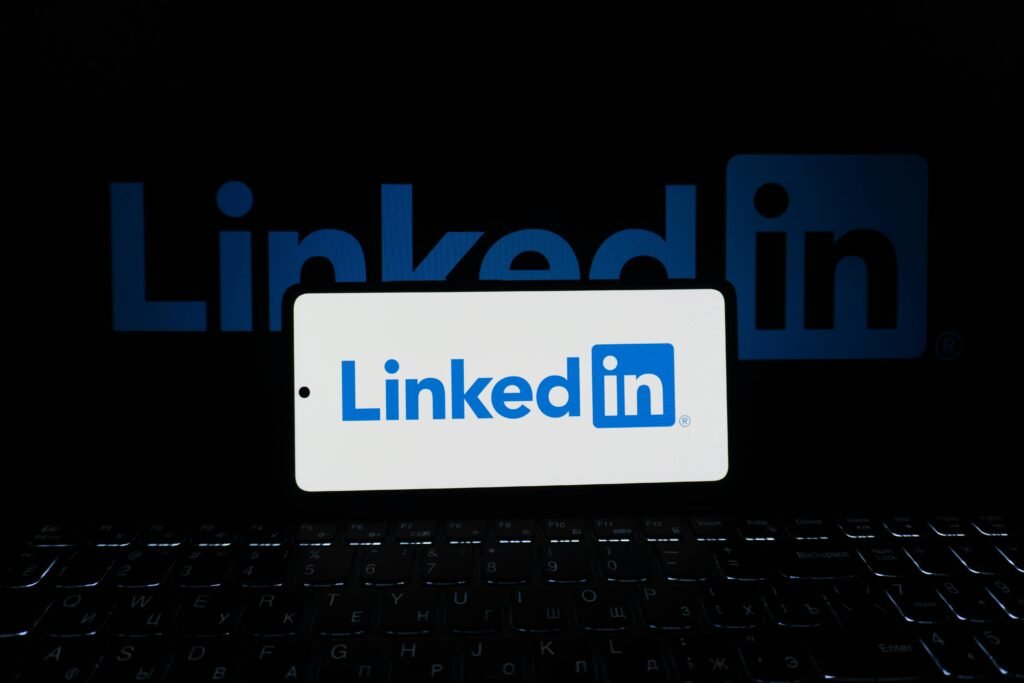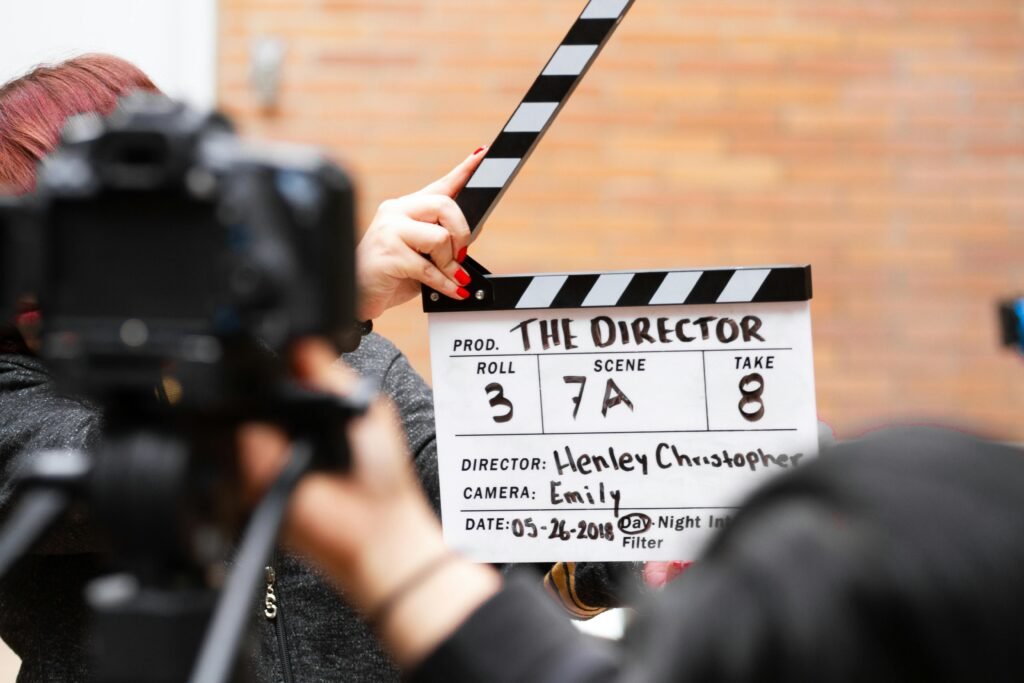Common LinkedIn Mistakes Students Make (and How to Fix Them)

Your LinkedIn profile can open doors to jobs, internships, and global opportunities — but only if you use it the right way. Unfortunately, many students unintentionally make small LinkedIn mistakes that stop recruiters from taking them seriously.
The good news? Most of these mistakes are easy to fix once you know what to look for.
Let’s break down the most common student LinkedIn blunders — and what you can do instead.
1. Using a Casual or Missing Profile Photo
A blurry selfie or group photo instantly weakens your professional image. Recruiters notice presentation first, and your photo sets the tone for your brand.
Fix it:
Use a clear, professional headshot with good lighting. Dress neatly and smile naturally — it’s about being approachable, not stiff.
If you’re unsure how to position your photo or write your summary, check out our guide: LinkedIn for Students: Build a Powerful Brand That Gets You Noticed — it walks you through how to create a standout LinkedIn profile from scratch.
2. Empty Headline and About Section
Many students leave their headline as “Student at XYZ University.” This doesn’t tell recruiters anything about your goals or skills.
Fix it:
Write a headline that highlights your interests or aspirations. For example:
“Aspiring Mechanical Engineer | Passionate About Renewable Energy and Design Innovation.”
In your About section, summarize who you are, what motivates you, and what you’re aiming for. Think of it as your 30-second pitch.
3. Ignoring Connections and Networking
Students often treat LinkedIn like a static CV — they create it once and then disappear. Networking is where the real value lies.
Fix it:
- Connect with classmates, alumni, lecturers, and professionals in your field.
- Personalize your connection messages — it shows genuine interest.
- Comment on posts related to your industry once or twice a week.
Remember, your LinkedIn network grows over time. Even a small post about a project or event can help recruiters remember your name.
4. Skipping the Experience Section
Don’t wait for your first official job before adding experience. Coursework, group projects, or volunteer roles can all count.
Fix it:
List every activity that demonstrates transferable skills like teamwork, problem-solving, or leadership. For instance:
- “Led a 4-member team to design a community health awareness campaign.”
- “Analysed customer data during internship — improved engagement by 15%.”
Even side hustles can build your credibility — learn how to turn them into valuable entries in your CV in our post on How to Turn Your Side Hustle into Real Resume Experience.
5. Not Using Keywords
Recruiters search using specific keywords like “data analysis,” “graphic design,” or “policy research.” If those words aren’t in your profile, you won’t appear in searches.
Fix it:
Use industry-relevant keywords naturally in your headline, summary, and skills section. Check job descriptions for inspiration.
6. Ignoring LinkedIn’s Job & Internship Tools
Many students don’t explore LinkedIn’s full features — especially the job filters, alerts, and “Open to Work” setting.
Fix it:
Turn on your “Open to Work” banner so recruiters know you’re available. Set job alerts for internships in your preferred industry.
You can find these features under your LinkedIn dashboard or directly on their official job search page:
🔗 https://www.linkedin.com/jobs/
7. Inconsistent Branding Across Platforms
If your resume, email address, and LinkedIn profile don’t match, it can confuse recruiters. Consistency is part of your professional identity.
Fix it:
Use the same photo, tone, and details across your resume, portfolio, and online profiles.
Frequently Asked Questions (FAQs)
1. What’s the biggest mistake students make on LinkedIn?
The most common mistake is treating LinkedIn as a one-time setup instead of a living, growing profile. Consistent updates matter.
2. How often should I post on LinkedIn?
At least once every two weeks. Even a short reflection about your course, volunteering, or learning journey shows activity and growth.
3. Should I connect with recruiters directly?
Yes — as long as your message is polite and relevant. For example:
“Hi [Name], I’m a final-year student passionate about [field]. I admire your work at [Company] and would love to stay connected.”
4. Can I fix my LinkedIn mistakes later?
Absolutely. LinkedIn allows you to edit every section. Just start by improving your headline, summary, and experience.




